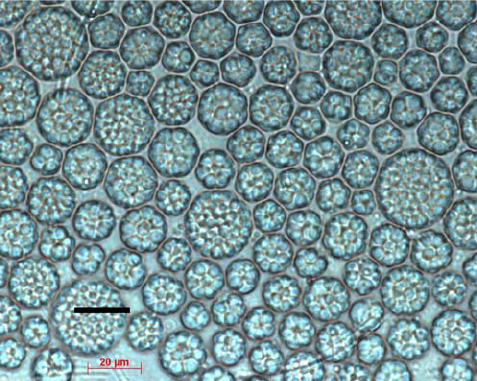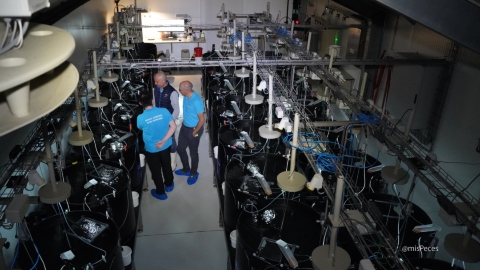
A groundbreaking combination of solar energy and chemical catalysis has proven effective in producing microalgae oil, offering significant potential for advancing sustainable energy transitions. This research, carried out by a team of Brazilian scientists at the Federal University of Uberlândia, integrates pyrolysis-a thermochemical process for breaking down biomass-with solar energy as a clean renewable heat source.
The solar energy is harnessed using a system of parabolic mirrors, while the chemical catalysis employs a dual catalyst consisting of Mg-Al hydrotalcite and HZSM-5 zeolite. This innovative combination stands out for its notable improvement in both yield and the quality of the bio-oil produced.
The researchers achieved a liquid yield of 47% and a hydrocarbon content of 53%-figures considered high within the field of bioenergy. Additionally, by optimizing the process, the bio-oil reached an aromatization level of 80%, significantly enhancing its energy density.
The bio-oil emits 3,357 g of CO2 equivalent per gigajoule (GJ), compared to the 70,331 g/GJ produced by fossil fuels, representing a substantial reduction in carbon emissions. This highly efficient technology could play a pivotal role in achieving global decarbonisation targets.
At present, the study has only been tested under laboratory conditions with small quantities of biomass. However, this approach demonstrates that microalgae, when paired with solar energy and advanced catalysis, could become key component in transtioning to sustainable energy systems.


